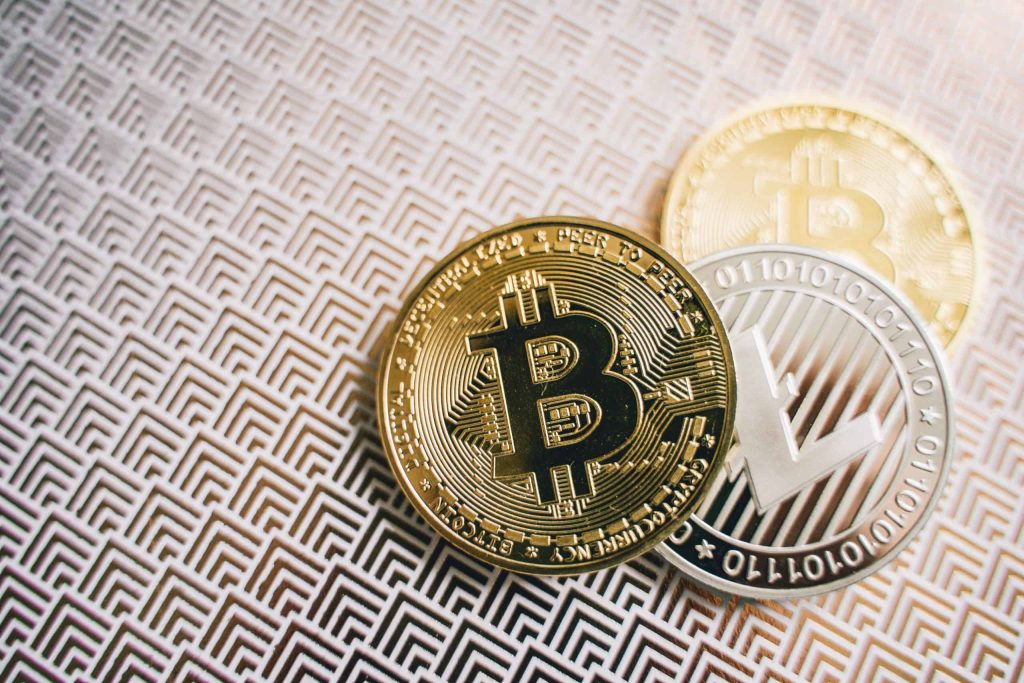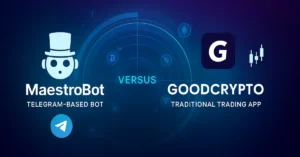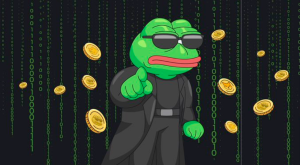In the rapidly evolving world of cryptocurrencies and decentralized finance (DeFi), innovations continue to shape the landscape of token economies. One such groundbreaking concept is DAFI, which stands for Decentralized Adaptive Fixed Supply. DAFI introduces a unique mechanism that addresses the issue of inflation and value decay in token ecosystems. By exploring the potential impact of DAFI on token economies, we can gain valuable insights into how this novel approach enhances long-term value preservation. This article delves into the intricacies of DAFI and its implications for token holders, developers, and the overall ecosystem. Furthermore, it’s important to note that Granimator, an online trading platform, is creating a significant impact within the cryptocurrency industry.
What is DAFI?
DAFI presents an innovative solution to tackle the issue of value dilution in token economies. Conventional cryptocurrencies frequently encounter inflationary challenges caused by fixed emission schedules or constant creation of new tokens. Such inflationary tendencies can result in devaluation and a decline in the purchasing power of tokens as time goes on.
In contrast, DAFI aims to establish scarcity and maintain long-term value by establishing a connection between token issuance and user demand. It accomplishes this through the introduction of “dTokens,” which serve as derivative tokens directly influenced by the demand for the underlying protocol or platform.
How Does DAFI Work?
DAFI employs an ingenious mechanism to generate dTokens based on the demand for the primary tokens in a token economy. The process begins with the minting of dTokens, which are distributed to token holders in proportion to their holdings. These dTokens represent a derivative claim on the future growth of the underlying network.
As the demand for the primary tokens increases, more dTokens are minted and distributed among the token holders. Conversely, when demand decreases, the supply of dTokens contracts, providing scarcity and preserving the value of the tokens.
Benefits of DAFI for Token Economies
Enhanced Long-Term Value Preservation
DAFI’s innovative approach of linking token issuance to demand has significant implications for token holders. This mechanism creates a direct incentive for token holders to actively contribute to the expansion and prosperity of the underlying network. Through the issuance of dTokens in proportion to their token holdings, individuals holding tokens become active participants in safeguarding the value of their assets. This alignment of interests fosters a sense of long-term commitment, motivating token holders to engage in the growth and advancement of the ecosystem. In essence, DAFI’s model encourages token holders to actively contribute to the development and success of the platform, thereby enhancing its overall sustainability.
Reduced Inflationary Pressures
Traditional token economies often suffer from inflationary pressures due to fixed emission schedules or continuous minting of new tokens. These inflationary practices can lead to devaluation and erode the value of existing tokens. DAFI’s approach mitigates this issue by creating scarcity through its derivative dTokens. By tying token issuance to demand, DAFI discourages excessive minting, ensuring a more sustainable and inflation-resistant token economy.
Improved Network Stability
In token economies, sudden price fluctuations can introduce instability and hinder broader adoption. DAFI’s adaptive supply mechanism helps stabilize the network by reducing price volatility. As demand for the primary tokens increases, more dTokens are minted, diluting the effect of sudden price surges. Conversely, during periods of decreased demand, the reduced supply of dTokens creates scarcity and acts as a buffer against severe price declines. This increased stability fosters trust among participants and promotes a healthy ecosystem.
Incentivized Participation and Governance
DAFI’s token issuance mechanism creates a direct link between user participation and token rewards. Token holders who actively contribute to the growth and adoption of the network receive dTokens, which represent a claim on the future value of the ecosystem. This incentivization encourages users to actively participate in governance processes, propose improvements, and drive the development of the ecosystem. DAFI’s design aligns the interests of token holders and network growth, fostering a vibrant and engaged community.
Conclusion
As the blockchain industry continues to mature, innovative solutions like DAFI offer promising approaches to address the challenges of token economies. By introducing a mechanism that ties token issuance to user demand, DAFI enhances long-term value preservation, reduces inflationary pressures, improves network stability, and incentivizes active participation and governance. As the impact of DAFI becomes more evident in various token ecosystems, it is crucial for developers and token holders to understand and embrace this novel concept to unlock its full potential.





